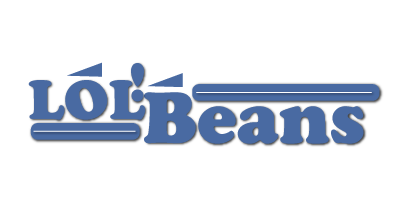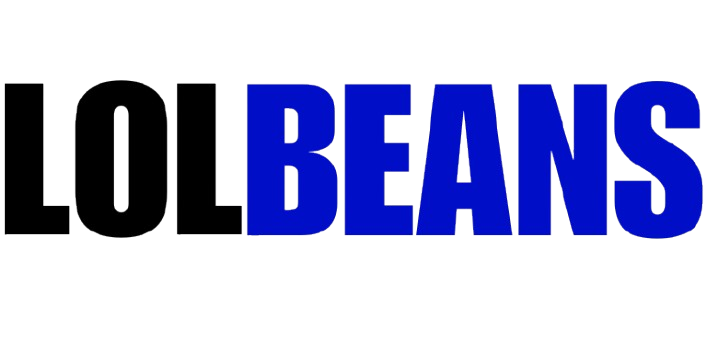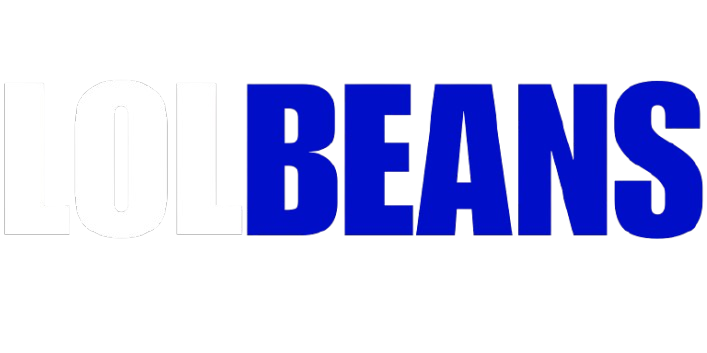As education systems worldwide face unprecedented challenges and opportunities, the professional development of teachers has never been more critical. Traditional approaches to teacher training—often characterized by isolated workshops, generic content, and limited follow-up—are increasingly recognized as insufficient for meeting the complex demands of contemporary education. The future of teacher professional development is emerging as more personalized, job-embedded, collaborative, and evidence-driven than ever before.
Personalization represents a fundamental shift in professional learning approaches. Just as educators increasingly differentiate instruction for diverse student needs, professional development providers now recognize that teachers have varied expertise, learning preferences, and growth areas. Future models will likely incorporate sophisticated needs assessments, individualized learning pathways, and adaptive content delivery—allowing teachers to focus on their specific development priorities rather than engaging with one-size-fits-all programming.
Micro-credentialing provides a mechanism for recognizing specific skills and competencies developed through targeted professional learning. Unlike traditional continuing education credits that often measure seat time rather than actual learning, micro-credentials require teachers to demonstrate mastery through performance assessments. This approach allows for more granular recognition of professional growth while creating clear pathways for developing expertise in specialized areas like trauma-informed teaching, advanced instructional technology, or specific intervention strategies.
Teacher Professional Development
Job-embedded professional learning acknowledges that the most powerful teacher development occurs within authentic classroom contexts. Instructional coaching, lesson study, action research, and professional learning communities represent approaches that situate learning within teachers’ daily practice. These models recognize that sustainable change in teaching practice requires ongoing support during implementation rather than isolated training experiences disconnected from classroom realities.
Virtual coaching platforms increasingly supplement or replace traditional in-person observation and feedback cycles. These systems allow teachers to upload classroom video, receive time-stamped feedback from instructional experts, and engage in reflective dialogue about specific teaching moments. The asynchronous nature of these interactions provides flexibility while maintaining the personalized guidance that drives instructional improvement.
Artificial intelligence applications will likely transform professional development through individualized feedback, pattern recognition across teaching episodes, and predictive analytics that identify specific growth opportunities. While AI cannot replace human judgment in teacher evaluation, it can efficiently analyze classroom discourse patterns, student engagement indicators, questioning techniques, and other teaching behaviors—providing data-informed insights that support teacher reflection and growth.
Cross-institutional collaboration expands professional learning beyond single school environments. Digital platforms now connect educators across geographic boundaries, creating opportunities to share resources, examine common problems of practice, and develop collective expertise. These broader professional networks expose teachers to diverse perspectives and approaches that might never emerge within more homogeneous local communities.
International teacher exchanges, both virtual and physical, will likely increase as education systems recognize the value of global perspective in professional growth. These experiences allow teachers to examine their practice through different cultural lenses, understand varied approaches to common educational challenges, and develop global competencies they can then foster in their students. Such exchanges acknowledge that educational improvement benefits from diverse perspectives rather than standardized best practices.
Research-practice partnerships represent structured collaborations between academic researchers and practicing educators. These arrangements go beyond simply disseminating research findings to teachers, instead engaging practitioners as co-investigators in addressing practical problems of teaching and learning. The resulting knowledge is both theoretically sound and practically useful—bridging the persistent gap between educational research and classroom practice.
Student voice in professional development is gaining recognition as an essential element often missing from traditional approaches. When teachers receive structured feedback directly from their students, they gain unique insights into how their teaching practices are experienced. Future professional learning models will likely incorporate student perception surveys, focus groups, and even student-led components that position learners as valuable contributors to teaching improvement.
Education Reform
Mindfulness and well-being components acknowledge that teacher effectiveness depends on emotional and psychological health. As teacher burnout rates rise, professional development increasingly incorporates stress management strategies, emotional regulation techniques, and community-building practices that support sustainable careers in education. These approaches recognize that cognitive development alone is insufficient for maintaining effectiveness in emotionally demanding educational environments.
Simulation technologies provide safe spaces to practice complex teaching skills before implementing them with actual students. Virtual classrooms populated by AI-driven student avatars allow teachers to experiment with new instructional approaches, classroom management techniques, or difficult conversations—receiving immediate feedback without real-world consequences. These controlled practice environments bridge the gap between theoretical understanding and practical implementation.
Design thinking frameworks structure professional learning around authentic problem-solving processes. Rather than presenting predetermined solutions, these approaches guide teachers through systematic processes of empathizing with users (typically students), defining specific challenges, ideating potential solutions, prototyping instructional approaches, and testing implementations. This methodology develops creative problem-solving capacities that extend beyond specific content or pedagogical techniques.
The future of teacher professional development will likely blend these emerging approaches into coherent systems that support continuous growth throughout teaching careers. Rather than treating professional learning as an add-on to teaching responsibilities, forward-thinking education systems will integrate development opportunities into the structure of teachers’ work—acknowledging that ongoing professional growth represents not an extra task but an essential component of the teaching profession itself.
Conclusion
As these developments continue, the distinction between pre-service teacher preparation and in-service professional development will likely blur. Both phases will increasingly focus on continuous improvement through guided practice, reflection, collaboration, and evidence-based decision-making.







